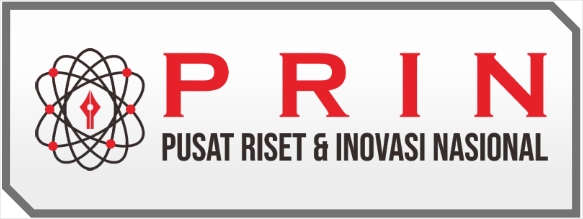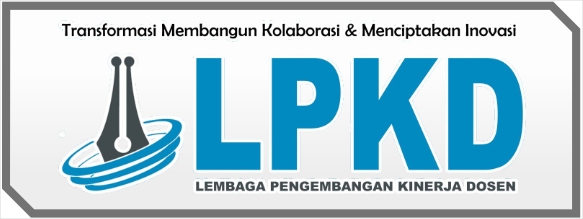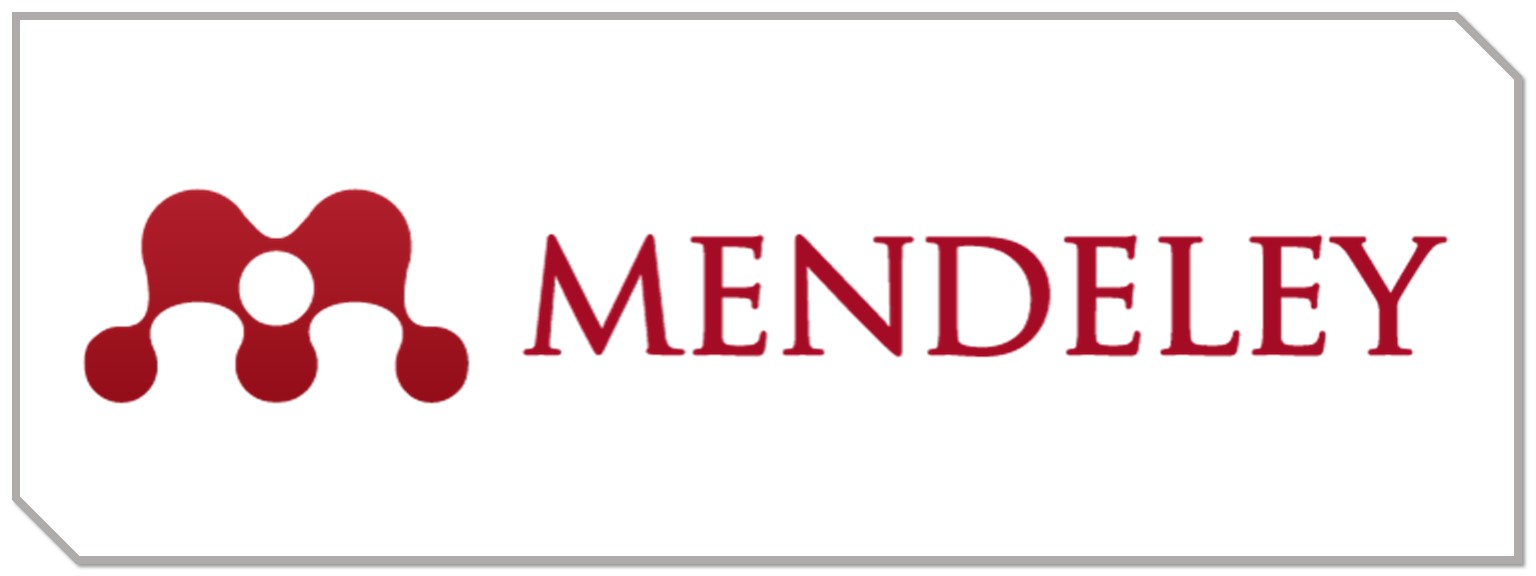Perbandingan Gaya Hidup Mahasiswa Urban dan Rural Terhadap Hasil Pembelajaran pada Mahasiswa Fakultas Kedokteran Universitas Prima Indonesia
DOI:
https://doi.org/10.55606/jikg.v1i4.2022Keywords:
Lifestyle, Urban, Rural, Learning OutcomesAbstract
A student's lifestyle can be influenced by their studio housing friends, the surrounding environment, local culture, and their level of curiosity. Friends in the boarding house are often the main influence in determining students' daily habits, such as eating patterns, recreational activities, and study habits. Consequently, this research aims to identify requency of exercise, length of study, and type of study between students who live in urban areas and those who live in rural areas and the academic achievements of students at the Faculty of Medicine, Prima Indonesia University. Cross-sectional checks at the Prima University Faculty of Medicine included 60 students. A cross-sectional examination of 60 students from the Faculty of Medicine, Prima Indonesia University was the focus of this research. The variables measured in the research are independent variables, namely the lifestyle of urban students and the lifestyle of rural students, while the dependent variable is learning outcomes seen from the Grade Point Average (GPA). The results of the Spearman rank correlation test show that the relationship between exercise frequency, study duration, study method and total student lifestyle respectively has a p value of 0.043, 0.050, 0.000, and 0.006 < 0.05, consequently it can be concluded that, in part, each student's exercise frequency, study time, study mode and overall lifestyle have a significant relationship with their academic performance. student at Faculty of Medicine, Prima University Indonesia.
References
Fatmawati N. Gaya Hidup Mahasiswa Akibat Adanya Online Shop. Jpis. 2020 Jun 28;29(1):29–38."
Rofii I, Kumaat Na. Analisis Gaya Hidup Mahasiswa Selama Pembelajaran Online Di Masa Pandemi. 2021;09(03):10."
Alfarisi R. Pengaruh Kebugaran Jasmani, Aktifitas Fisik, Dan Indeks Massa Tubuh Terhadap Indeks Prestasi Kumulatif (Ipk) Mahasiswa Kedokteran Universitas Malahayati Bandar Lampung."
Anggraheni Rh, Indraswari Da, Purwoko Y. Pengaruh Lari Sebagai Olahraga Aerobik Intensitas Sedang Terhadap Memori Jangka Pendek Mahasiswa Pendidikan Dokter Universitas Diponegoro. 2017;6(2)."
Rahmawati E, Saputra O, Saftarina F. Hubungan Gaya Belajar Terhadap Indeks Prestasi Kumulatif (Ipk) Mahasiswa Fakultas Kedokteran Universitas Lampung."
Syofyan H. Pengaruh Gaya Belajar Dan Motivasi Berprestasi Terhadap Hasil Belajar Ipa Mahasiswa Pgsd Universitas Esa Unggul. 2017;10."
Septiani Y, Aribbe E, Diansyah R. Analisis Kualitas Layanan Sistem Informasi Akademik Universitas Abdurrab Terhadap Kepuasan Pengguna Menggunakan Metode Sevqual (Studi Kasus : Mahasiswa Universitas
Abdurrab Pekanbaru). Jtos. 2020 Jun 14;3(1):131–43."
Rozaini N, Purwita S, Meiriza MS. Gaya Hidup Dan Hasil Belajar Manajemen Keuangan Terhadap Perilaku Pengelolaan Keuangan Mahasiswa. Niagawan. 2021;10(2):198-205.”
Azizah H. Pengaruh Uang Saku, Gaya Hidup, Kecerdasan Finansial, Dan Jenis Kelamin Terhadap Pengeluaran Konsumsi Mahasiswa (Studi Kasus pada Mahasiswa Aktif Universitas Siliwangi) (Doctoral dissertation, Universitas Siliwangi).”
Lionardi SK. Hubungan Aktivitas Fisik Dengan Indeks Prestasi Kumulatif Pada Mahasiswa Preklinik FKIK Unika Atma Jaya. Damianus Journal of Medicine. 2021 Nov 30;20(2):144-51.”
Santoso SS, Anandaputra H. Hubungan Intensitas Olahraga dengan Daya Konsentrasi Belajar Siswa/Siswi Kelas 10 dan 11 SMAN 5 Depok Jawa Barat. Jurnal Kedokteran dan Kesehatan. 2017 Aug 18;13(1):1-8.”
Keating XD, Castelli D, Ayers SF. Association of weekly strength exercise frequency and academic performance among students at a large university in the United States. The Journal of Strength & Conditioning Research. 2013 Jul 1;27(7):1988-93.”
Whitford TC. A correlational study on physical activity and GPA among college students. The Owl–Florida State University's Undergraduate Research Journal. 2021 Apr 13;11(2):59-69.”
Snelling A, Belson SI, Beard J, Young K. Associations between grades and physical activity and food choices. Health Education; Bradford. 2015;115(2):141–51.”
Gonzalez EC, Hernandez EC, Coltrane AK, Mancera JM. The correlation between physical activity and grade point average for health science graduate students. OTJR (Thorofare N J). 2014;34(3):160–7.”
Little P, White P, Kelly J, Everitt H, Gashi S, Bikker A, et al.” “Verbal and non-verbal behaviour and patient perception of communication in primary care: an observational study..” Br J Gen Pract. 2015 Jun 1;65(635):e357–65.”
Al-Drees A, Abdulghani H, Irshad M, Baqays AA, Al-Zhrani AA, Alshammari SA, et al. Physical activity and academic achievement among the medical students: A cross-sectional study. Medical Teacher. 2016 Mar 25;38(sup1):S66–7”
Sari BT. Pengaruh durasi belajar terhadap hasil belajar matematika siswa kelas 5 Ledok 006 Salatiga. Jurnal Review Pendidikan dan Pengajaran (JRPP). 2019 Jun 12;2(1):139 44.”
Winarni SA, Basuki SW, Herawati E, Ichsan B. Pengaruh Uang Saku, Motivasi, Serta Durasi Belajar Terhadap Prestasi Belajar Mahasiswa Fakultas Kedokteran. Proceeding Book National Symposium and Workshop Continuing Medical Education XIV.”
Hutabarat. Cara Belajar. Jakarta ; Gunung Mulya; 1988.”
Al-Roomy MA. The Relationship Among Students’ Learning Styles, Health Sciences Colleges, and Grade Point Average (GPA). Advances in Medical Education and Practice. 2023 Dec 31:203-13.”
Maman M. Sikap cara belajar dan prestasi belajar. Faktor: Jurnal Ilmiah Kependidikan. 2018 Mar 19;5(1):49-58.”
Downloads
Published
How to Cite
Issue
Section
License
Copyright (c) 2023 Wafi Aqilah Yafa, Gusbakti Rusip, Fiska Maya Wardhani

This work is licensed under a Creative Commons Attribution-ShareAlike 4.0 International License.


















